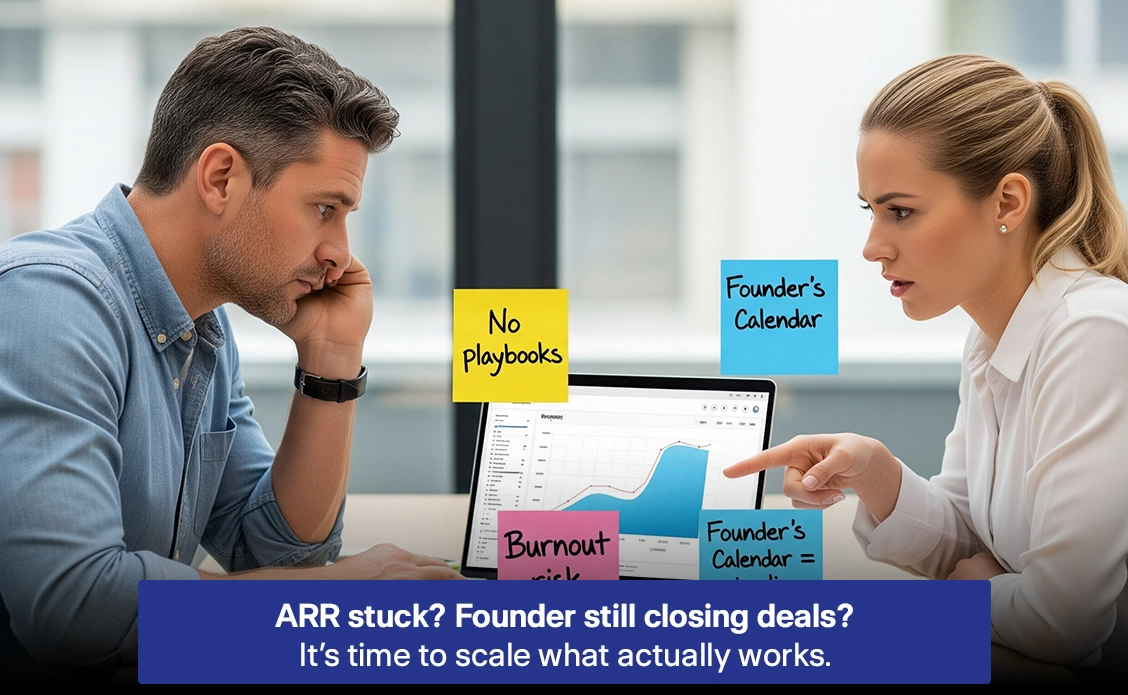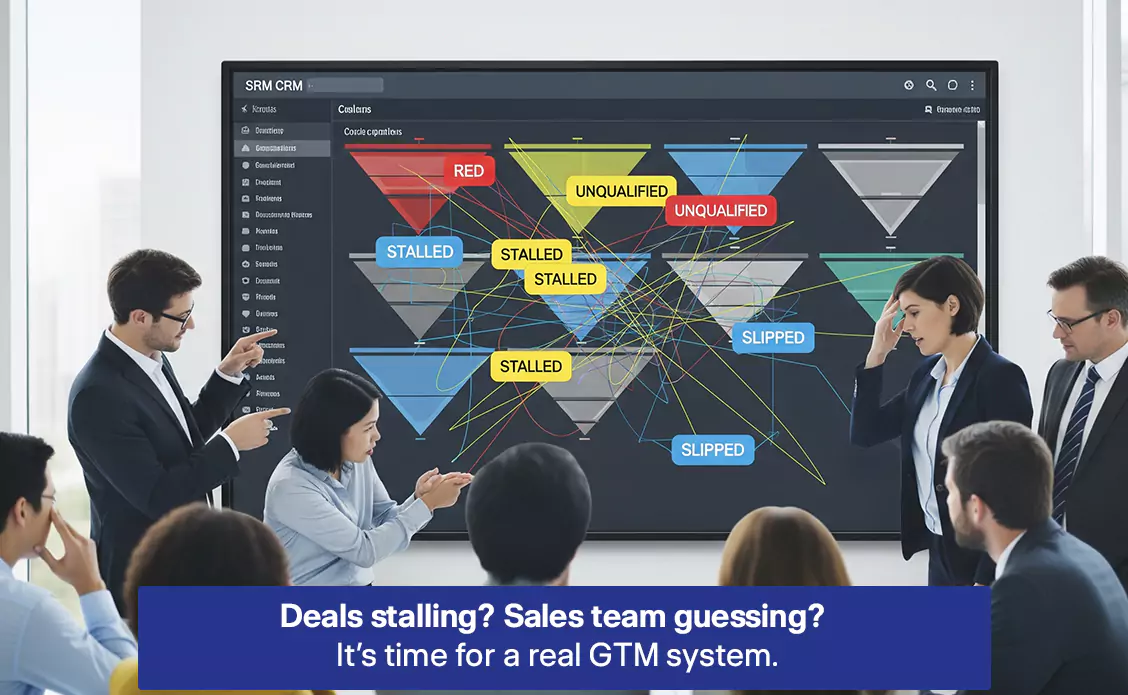The M&A Readiness Playbook: Positioning for a Premium Exit
In MedTech and B2B SaaS, valuation isn’t just a number — it’s a reflection of operational readiness, market positioning, and investor confidence. Bain & Company research shows that well-prepared companies command 20–30% higher acquisition premiums than peers.
Yet, most M&A deals fail to reach their potential. Harvard Business Review reports that 70–90% of acquisitions fail to achieve intended results, often because companies focus on finding a buyer rather than becoming the kind of business buyers compete to acquire.
Why Sellers Leave Money on the Table
- Misaligned Metrics: Financials may look strong, but key investor-grade metrics (LTV/CAC, NRR, gross margin trends) aren’t optimized or clearly reported.
- Operational Drag: Inefficiencies in GTM, supply chain, or service delivery dilute perceived scalability.
- Weak Market Narrative: Buyers can’t clearly connect your market position to long-term defensibility.
- Integration Risk Signals: Lack of documented processes and systems raises red flags for post-deal execution.
- Overreliance on Key Individuals: Heavy dependence on a few leaders or relationships increases perceived risk.
The Premium Positioning Framework
- Start Exit Readiness Early
Positioning for an exit isn’t a final-quarter activity — it’s a 12–24 month discipline. This gives time to optimize metrics, reduce operational drag, and shore up market positioning. - Build an Investor-Grade Data Room
Beyond financial statements, include retention data, win/loss analysis, pricing strategy documents, and detailed GTM playbooks. This reduces buyer due diligence time and increases perceived readiness. - Sharpen the Market Story
Tie your growth narrative to macro trends, TAM expansion, and competitive differentiation. Show how you win in high-barrier, high-growth segments. - Operationalize Scalability
Demonstrate that your growth is repeatable and not dependent on heroic effort. Document processes, automation, and cross-training to reduce integration risk. - Manage Perception Through Proof Points
Case studies, customer references, and proof-of-value metrics should be curated and ready to show. Buyers pay for certainty — not potential.
Why M&A Readiness Matters Now
In 2025’s market, buyers have capital but are choosier than ever. With higher borrowing costs and more disciplined investment committees, acquirers are seeking assets that are execution-ready, metrics-strong, and operationally scalable from day one. Companies that prepare in advance can:
- Shorten transaction timelines
- Reduce valuation “haircuts” during due diligence
- Create competitive tension among multiple bidders
In MedTech and B2B SaaS, M&A readiness can mean the difference between a fair deal and a 30% acquisition premium (Bain & Company).
Why Sellers Lose Value
- Misaligned or incomplete investor-grade metrics (LTV/CAC, NRR, gross margins)
- Operational inefficiencies raising scalability concerns
- Weak competitive positioning
- Lack of documented processes increasing integration risk
The Premium Positioning Framework
- Start Early — Treat exit readiness as a 12–24 month process.
- Investor-Grade Data Room — Include retention data, win/loss analysis, and GTM playbooks.
- Sharpen the Market Story — Tie your growth to macro trends and defensible positioning.
- Operationalize Scalability — Document repeatable processes and automation.
- Proof Points that Matter — Present measurable ROI, case studies, and customer references.
Why It Matters Now
With acquirers becoming more selective due to high borrowing costs, sellers who are metrics-strong, operationally ready, and strategically positioned command faster closes and higher valuations.





